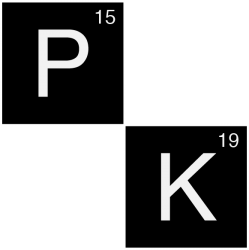“Drug administration through the intravenous route at a constant rate over a determined time interval”
Description
When a drug is infused intravenously at a constant rate, a plateau concentration will be reached progressively (in the most frequent case of first order kinetics).
On starting the infusion, there is no drug in the body and therefore, no elimination. The amount of drug in the body then rises, but as the drug concentration increases, so does the rate of elimination. Thus, the rate of elimination will keep rising until it matches the rate of infusion. The amount of drug in the body is then constant and is said to have reached a steady state or plateau.
The factors affecting the steady state plasma drug concentration are:
- Infusion rate (Ro): The steady state drug concentration is proportional to the infusion rate. Thus, a higher infusion rate will result in a higher steady state plasma drug concentration.
- Clearance: Higher clearance of the drug will result in lower plasma drug concentration at plateau.
The time to reach the plateau is determined by the elimination half-life of the drug, which results from clearance and volume of distribution. Thus, the Vd does not influence the steady state concentration but merely the time required to approach the plateau. After 4 elimination half-lives the drug plasma concentration is 93,75% of the steady state plasma concentration. Likewise, when changing infusion rates, the time required to reach the new steady state also depends on the half-life of the drug.
When stopping an iv infusion, the decline in plasma drug concentration follows an exponential curve, as after an iv bolus injection of the drug.
Clinical implications
The constant rate infusion regimen is used to ensure a constant exposure to the drug over a prolonged time. The drug infusion rate must be adapted to the patient’s clearance in order to have the concentration reach a therapeutic target.
Chart Pharmacokinetics
Related terms
Ro: rate of constant intravenous infusion, mg/h.
tinf: infusion duration, h.
IV bolus dose: In some situations, steady state plasma concentration must be reached more rapidly. An iv bolus dose is then administered. The plasma drug concentration is then equal to the sum of the concentrations resulting from iv bolus and iv infusion.
Assessment
Css is the drug plasma concentration at steady state. Css can be determined by the equation:
$$C_{ss}={Ro \over CL}$$
Ro = Rate of constant intravenous infusion (mg/h)
CL = Clearance
During the infusion, the equation of the plasma concentration-time curve is:
$$C=C_{ss}*(1-e^{-\lambda*t})$$
λ = elimination constant rate = CL/Vd
t = time
At the end of the infusion, the equation of the exponential decrease in plasma concetration is :
$$C=C_{ss}*e^{-\lambda*t}$$

